 "ttyymmnn" (ttyymmnn)
"ttyymmnn" (ttyymmnn)
03/16/2016 at 12:35 • Filed to: planelopnik, planelopnik history, planes you've (probably) never heard of
 7
7
 5
5
 "ttyymmnn" (ttyymmnn)
"ttyymmnn" (ttyymmnn)
03/16/2016 at 12:35 • Filed to: planelopnik, planelopnik history, planes you've (probably) never heard of |  7 7
|  5 5 |
From the
Planes You’ve (Probably) Never Heard Of Department
of Aviation History, we bring you the
Kaiser-Fleetwings XBTK.
!!! UNKNOWN CONTENT TYPE !!!
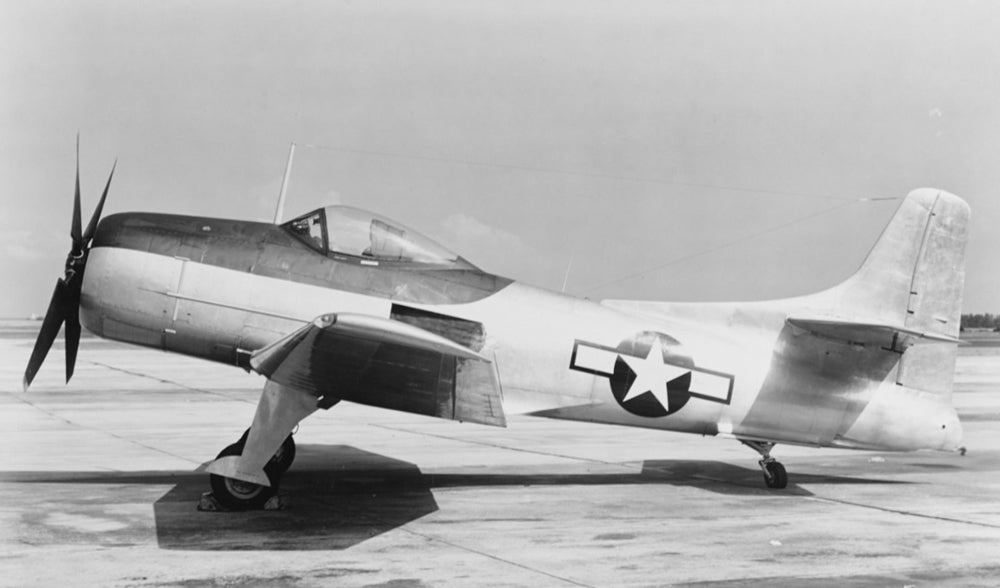
The history of WWII military aviation is dotted with famous names: Grumman, Curtiss, Martin, Boeing, Douglas. These companies created many of the iconic fighters, bombers, dive bombers and torpedo planes that we all remember and revere today. But they weren’t the only players during that era.

By 1942, the Navy’s
!!!error: Indecipherable SUB-paragraph formatting!!!
(BuAer) was looking for a replacement for the
!!!error: Indecipherable SUB-paragraph formatting!!!
dive bomber and the
!!!error: Indecipherable SUB-paragraph formatting!!!
torpedo bomber, both great aircraft, but both relatively large. They initiated the VBT program to find a replacement, but the Douglas proposal, the
!!!error: Indecipherable SUB-paragraph formatting!!!
, was turning into a gargantuan aircraft in its own right, and the Navy wanted something smaller that could operate from the smaller escort carriers that took less time to build than full-sized carriers. And since the big manufacturers were too busy with ongoing projects to fully develop a new aircraft, the Navy turned to Fleetwings of Bristol, Pennsylvania.
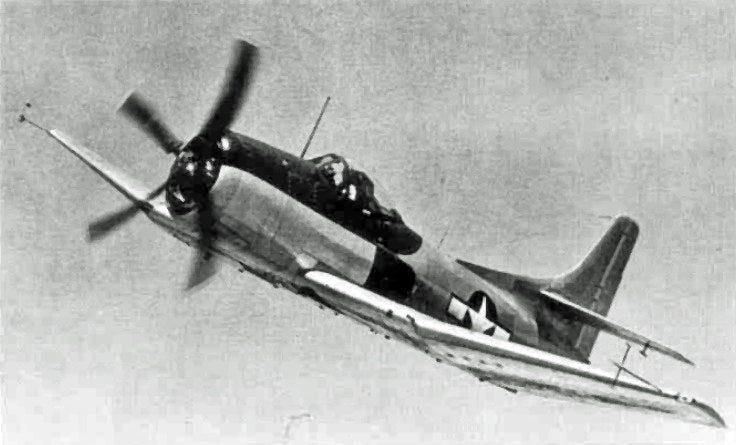
!!!error: Indecipherable SUB-paragraph formatting!!!
was a company originally established in 1926 that patented and manufactured mechanical timing equipment to control automatic welding machines. Eventually, they moved on to the manufacture of stainless steel, particularly for use in aircraft, and made a business out of building parts for other aircraft manufacturers. Beginning in 1936, they built a handful of aircraft, but none were successful save the
!!!error: Indecipherable SUB-paragraph formatting!!!
trainer, and they only produced 25 of them. In 1943, Fleetwings was purchased by
!!!error: Indecipherable SUB-paragraph formatting!!!
, who had made his name manufacturing ships and is considered the father of modern American shipbuilding. The new company would be called Kaiser-Fleetwings.
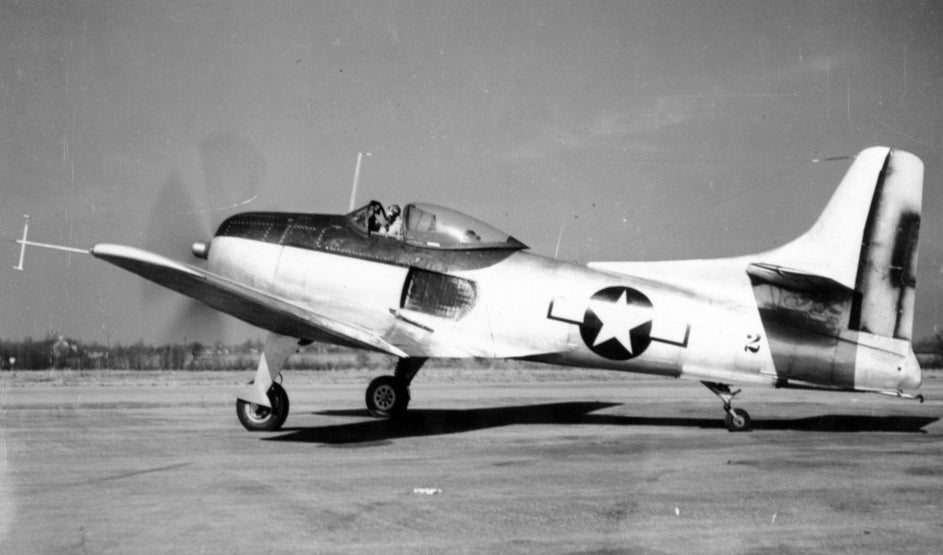
San Diego Air and Space Museum
After turning aside from the SB2D, the Navy rewrote the requirements for the new aircraft in 1944, now calling it the XBK program, and contracted with Kaiser-Fleetwings to produce two prototypes. A mockup was completed in 1944, and the XBTK made its first flight on April 12, 1945, just four months before V-J Day. The XBTK was powered by a single
!!!error: Indecipherable SUB-paragraph formatting!!!
radial engine, and had a maximum speed of 373 mph. To keep the size to a minimum, all ordnance would be carried externally, with a centerline hardpoint for a single 2,000 pound torpedo and two wing stations that could accommodate 1,000 pounds each. It also had two 20mm cannons and wing launchers for 8 rockets.
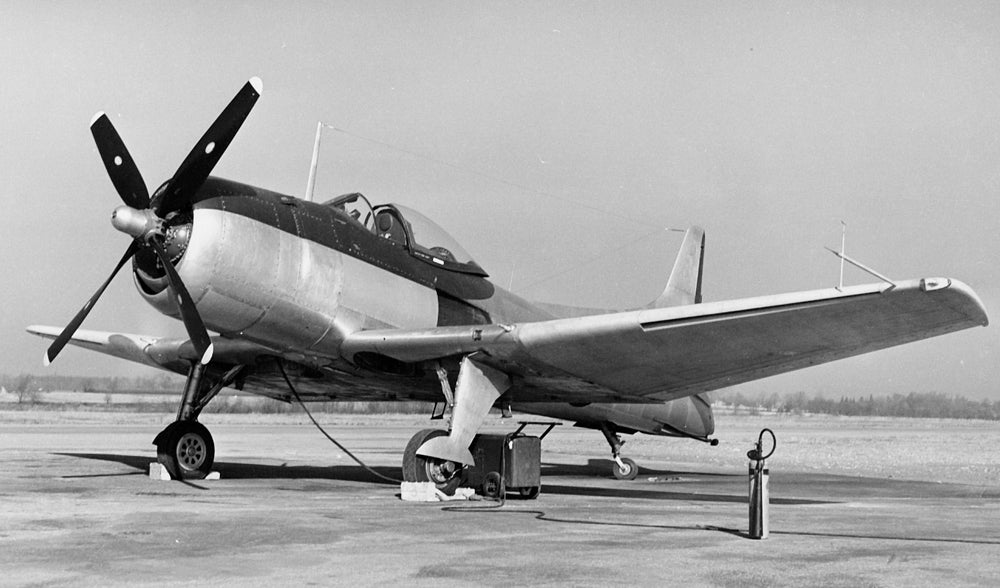
During flight testing, pilots discovered a severe fuselage vibration and problems with engine cooling. Stall characteristics were also poor, though the XBTK did demonstrate dive characteristics that were better than any other dive bomber currently in service. The second production aircraft employed new leading edge slots to correct the spin problems, but the Navy had already cut its order of 20 planes down to 10. And there was a challenger waiting in the wings that would put the final nail in the coffin of the plucky XBTK: the
!!!error: Indecipherable SUB-paragraph formatting!!!
. Between the Skyraider and the
!!!error: Indecipherable SUB-paragraph formatting!!!
, the Navy had all the new aircraft it needed, and in May of 1946 they decided to complete the five XBTKs already in production, then canceled the project altogether four months later. All of the aircraft were scrapped. But the end of the XBTK didn’t mean the end of Kaiser-Fleetwings. Though they didn’t produce any more aircraft, they were still around in 1960, and produced a launch canister for the
!!!error: Indecipherable SUB-paragraph formatting!!!
. But the Bristol plant closed in 1962 and was demolished. A housing development now rests on the site.
!!! UNKNOWN CONTENT TYPE !!!
If you enjoy these posts, please let me know in the comments. And if you missed any of the past articles, you can find them all at
!!!error: Indecipherable SUB-paragraph formatting!!!
. You can also find lots of airplanes that you probably have heard of at
!!!error: Indecipherable SUB-paragraph formatting!!!
.
!!! UNKNOWN CONTENT TYPE !!!
 AuthiCooper1300
> ttyymmnn
AuthiCooper1300
> ttyymmnn
03/16/2016 at 13:06 |
|
Great, as usual!
That man Kaiser was something else. I’ve read he was a truly fearless businessman. He would go into areas he didn’t know anything about.
Fun fact on Kaiser Motors: they built Willys and AMC (Ramblers!) vehicles in Argentina. Later they also reached an agreement with Renault (
https://en.wikipedia.org/wiki/Industria…
). Their most interesting product was the IKA Torino (
https://en.wikipedia.org/wiki/IKA-Renau…
), based on the Rambler American/Classic, with some restyling touches by Pininfarina.
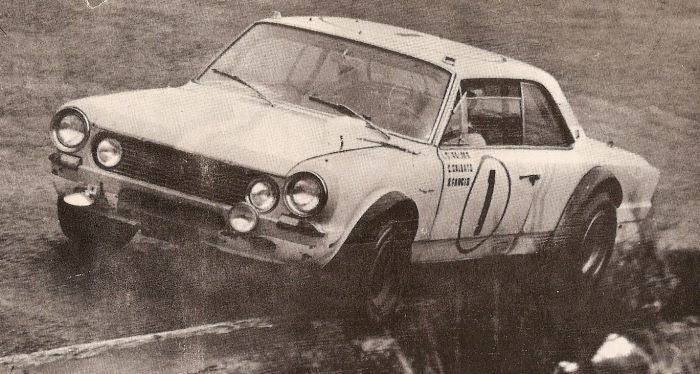
IKA Torinos had very brief stab at glory in 1969, when a works car (of a team of three) finished fourth in the 84-hour Marathon de la Route, in Nürburgring. That Torino covered the most laps, but its result was marred by time penalties.
(Sorry I cannot write an aviation-related comment on the XBTK.)
 ttyymmnn
> AuthiCooper1300
ttyymmnn
> AuthiCooper1300
03/16/2016 at 15:39 |
|
No worries! I love the extra info on Kaiser. I felt it was necessary to write a little bit about the company, and you’ve saved me the work of having to write more!
 AuthiCooper1300
> ttyymmnn
AuthiCooper1300
> ttyymmnn
03/16/2016 at 17:23 |
|
Arguably, the decentralised production system followed by the Kaiser-managed companies that built the Liberty ships is not very dissimilar from the one pioneered by Airbus Industrie since its inception in 1967: big subassemblies built up all over the place, sent by rail or road to a “hub” for final assembly and testing of the whole end product.
 Hello
> ttyymmnn
Hello
> ttyymmnn
10/01/2017 at 14:44 |
|
Did you really call the Curtiss Heldiver a great aircraft?
 ttyymmnn
> Hello
ttyymmnn
> Hello
10/01/2017 at 15:16 |
|
I did, more than a year ago, but it is an arguable point.